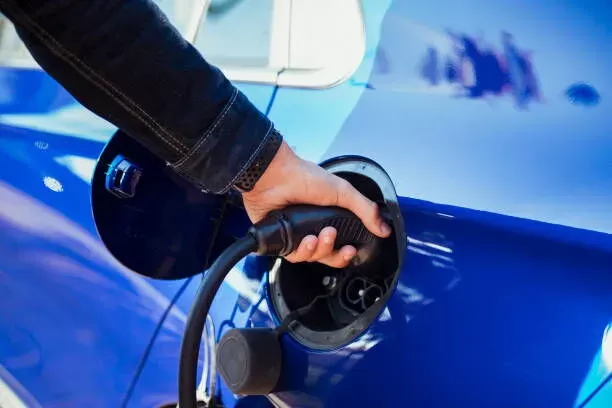Notifications

4 minutes, 35 seconds
-0 Views 0 Comments 0 Likes 0 Reviews

Introduction: Why EV Charging Speed Matters
As one of professional EV charger manufacturers based in China, Topper Company provides dependable electric vehicle charging stations and comprehensive charging solutions.
Electric vehicles (EVs) are rapidly becoming a popular choice due to their environmental benefits, lower running costs, and expanding model lineup. But one question often comes up: How long does it take to charge an EV?
The answer isn’t one-size-fits-all. Charging times can range from under 30 minutes to over 12 hours, depending on factors like battery size, the car’s onboard charger, the charging station’s power level, battery temperature, and even when you plug in.
Here’s a quick snapshot of typical charging times:
Level 1 (120V AC): 20–40 hours for a full charge
Level 2 (240V AC): 4–10 hours
DC Fast Charging: 20–60 minutes to reach 80% capacity
Want to get back on the road faster? Let’s explore proven ways to boost your EV charging speed.
1. Upgrade Your Charging Equipment
Switching from Level 1 to Level 2 charging is the single biggest upgrade you can make. Level 2 chargers use a 240V outlet and provide 12–60 miles of range per hour, making overnight charging practical for daily drivers. Professional installation is usually required, but rebates and incentives often help offset costs.
2. Keep Battery Temperature Optimal
Extreme heat or cold slows charging. Park in shade or garages in summer, precondition your battery in winter, and use thermal management systems if your EV offers them to maintain peak charging performance.
3. Practice Good Charging Etiquette
Keep your charging port clean, avoid unplugging early from fast chargers, and inspect cables regularly. These small habits maintain efficient energy transfer and prolong equipment life.
4. Charge During Off-Peak Hours
Charging when demand is low (often overnight) can mean faster charging speeds, lower electricity rates, and a greener energy mix. Use timers or smart apps to schedule charging sessions.
5. Warm Up Your Battery Before Fast Charging
Cold batteries accept charge more slowly. Precondition your EV or use slower chargers briefly before switching to DC fast charging for quicker fills.
6. Understand Battery State of Charge (SoC)
Charging is fastest when your battery is between 0–60% full and slows significantly after 80% to protect battery health. Many recommend charging only up to 80% for everyday use to save time and extend battery life.
7. Use Navigation to Precondition Batteries
Some EVs automatically warm the battery en route to a fast charger, ensuring immediate optimal charging speed upon arrival.
8. Choose the Right Public Chargers with Smart Apps
Apps like PlugShare and ChargePoint help you find the fastest, most reliable chargers nearby. Filtering by power output and checking reviews can save time and hassle.
9. Keep Your EV’s Software Updated
Manufacturers release updates that improve charging speed, thermal management, and overall efficiency. Staying current ensures you benefit from these improvements.
10. Plan for Efficiency, Not Just Convenience
Frequent top-ups at lower charge levels can reduce overall charging time and preserve battery health better than letting it run low and charging to full regularly.
Conclusion: Fast Charging Is Smart Charging
Faster EV charging isn’t just about bigger chargers — it’s about understanding your vehicle, managing conditions, and using smart tools to optimize the process. With these strategies, you’ll spend less time plugged in and more time driving confidently toward a cleaner future.Know more about Google SEO Directory
China EV Chargers EV Charger Manufacturer EV Charging Solutions

